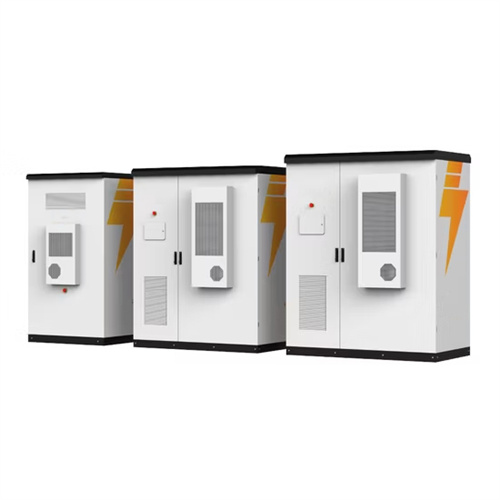802 11 wifi communication system power
IEEE 802.11 is used in most home and office networks to allow laptops, printers, smartphones, and other devices to communicate with each other and access the Internet without connecting wires. IEEE 802.11 is also a basis for vehicle-based communication networks with IEEE 802.11p.
IEEE 802.11 is part of theset of(LAN) , and specifies the set of(MAC) and(PHY) protocols for implementing(WLAN).
In 2018, thebegan using a consumer-friendly generation numbering scheme for the publicly used 802.11 protocols. Wi-Fi generations 1–8 use the 802.11b, 802.11a, 802.11g, 802.11n, 802.11ac, 802.11ax, 802.11be and 802.11bn protocols.
802.11-1997 (802.11 legacy)The original version of the standard IEEE 802.11 was released in 1997 and clarified in 1999, but is now obsolete. It specified twoof 1 or 2(Mbit/s), plus.
The 802.11 family consists of a series ofover-the-airtechniques that use the same basic protocol. The 802.11 protocol family employs .
802.11 technology has its origins in a 1985 ruling by the U.S. Federal Communications Commission that released thefor unlicensed use.
Across all variations of 802.11, maximum achievable throughputs are given either based on measurements under ideal conditions or in the layer-2 data rates. However, this does.
802.11b, 802.11g, and 802.11n-2.4 utilize the 2.400–2.500 GHz spectrum, one of the . 802.11a, 802.11n, and 802.11ac use the.
As the photovoltaic (PV) industry continues to evolve, advancements in 802 11 wifi communication system power have become critical to optimizing the utilization of renewable energy sources. From innovative battery technologies to intelligent energy management systems, these solutions are transforming the way we store and distribute solar-generated electricity.
6 FAQs about [802 11 wifi communication system power]
What is a 802.11 wireless network?
The 802.11 structure is designed to accommodate mobile stations that participate actively in network decisions. Furthermore, it can seamlessly integrate with 2G, 3G, and 4G networks. The Wi-Fi standard represents a set of wireless LAN standards developed by the Working Group of IEEE LAN/MAN standards committee (IEEE 802).
What is IEEE 802.11 used for?
IEEE 802.11 is used in most home and office networks to allow laptops, printers, smartphones, and other devices to communicate with each other and access the Internet without connecting wires. IEEE 802.11 is also a basis for vehicle-based communication networks with IEEE 802.11p.
What is IEEE 802.11 LAN?
The IEEE 802.11 standard, commonly known as Wi-Fi, outlines the architecture and defines the MAC and physical layer specifications for wireless LANs (WLANs). Wi-Fi uses high-frequency radio waves instead of cables for connecting the devices in LAN. Given the mobility of WLAN nodes, they can move unrestricted within the network coverage zone.
What is IEEE 802.11 AP?
In the year 1990, IEEE 802.11 Committee formed a new working group, the IEEE 802.11 standard which defines protocols for Wireless Local Area Networks (WLANs). Just like how Ethernet provides services for wired media, IEEE 802.11 architecture is designed to provide features for wireless networks. An AP supports both wired and wireless connections.
What makes IEEE 802.11 Wi-Fi a revolution?
While that was true, what made that revolution possible in the first place was the IEEE 802.11 standards family. Since then, the ongoing evolution of IEEE 802.11 Wi-Fi standards has led to much faster data transmission rates, longer ranges, and more reliable and secure connections.
Is 802.11m a standard?
802.11m is used for standard maintenance. 802.11ma was completed for 802.11-2007, 802.11mb for 802.11-2012, 802.11mc for 802.11-2016, and 802.11md for 802.11-2020. Both the terms "standard" and "amendment" are used when referring to the different variants of IEEE standards. [ 105 ]
Related Contents
- California fire code 605 11 solar photovoltaic power systems
- Windows 11 system power battery charging indicator
- 4g low power solar wifi bullet camera
- Power backup for tv and wifi
- Solar inverter wifi interference
- K solar inverter wifi setup
- How to debug energy storage pcs communication
- Communication energy storage kwh
